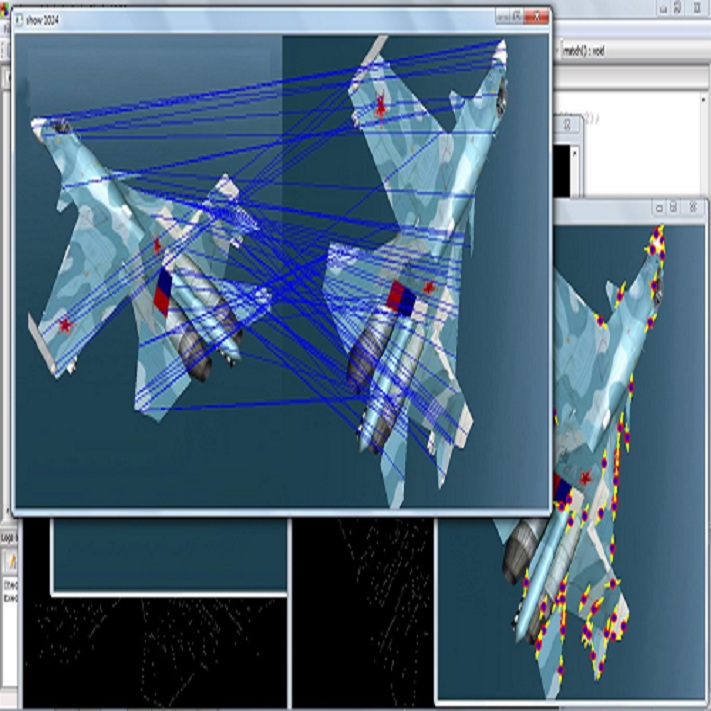Atlas building and image registration are important tasks for medical image analysis. Once one or multiple atlases from an image population have been constructed, commonly (1) images are warped into an atlas space to study intra-subject or inter-subject variations or (2) a possibly probabilistic atlas is warped into image space to assign anatomical labels. Atlas estimation and nonparametric transformations are computationally expensive as they usually require numerical optimization. Additionally, previous approaches for atlas building often define similarity measures between a fuzzy atlas and each individual image, which may cause alignment difficulties because a fuzzy atlas does not exhibit clear anatomical structures in contrast to the individual images. This work explores using a convolutional neural network (CNN) to jointly predict the atlas and a stationary velocity field (SVF) parameterization for diffeomorphic image registration with respect to the atlas. Our approach does not require affine pre-registrations and utilizes pairwise image alignment losses to increase registration accuracy. We evaluate our model on 3D knee magnetic resonance images (MRI) from the OAI-ZIB dataset. Our results show that the proposed framework achieves better performance than other state-of-the-art image registration algorithms, allows for end-to-end training, and for fast inference at test time.
翻译:Atlas的建立和图像登记是医学图像分析的重要任务。一旦从图像群中制作了一个或多个地图集,通常 (1) 图像被扭曲成地图集空间,用于研究本体内部或本体之间的变异,或者(2) 可能概率图集被扭曲成图像空间,用于分配解剖标签。Atlas估计和非参数转换在计算上成本很高,因为通常需要数字优化。此外,以往的地图集建设方法往往界定模糊的地图集和每个单个图像之间的相似度度度量,这可能造成调整困难,因为一个模糊的地图集与单个图像相比,不会显示清晰的解剖结构。这项工作利用卷心神经网络(CNN)进行探索,共同预测图表集和固定速度场。Atlas估算和非参数转换在通常需要数字优化的情况下成本高昂。我们的方法并不需要精确的预先登记,而是利用对相近图像调整损失来提高登记准确度。我们用3D膝磁共振动图集图像模型(MRI)进行比个人图像组的清晰解剖结构结构。这项工作利用一个共振动神经网络(SVF)来共同预测图象的图象学测试结果,从而在SIBZIBIB中实现其他图像的升级测试框架中取得更好的结果。


